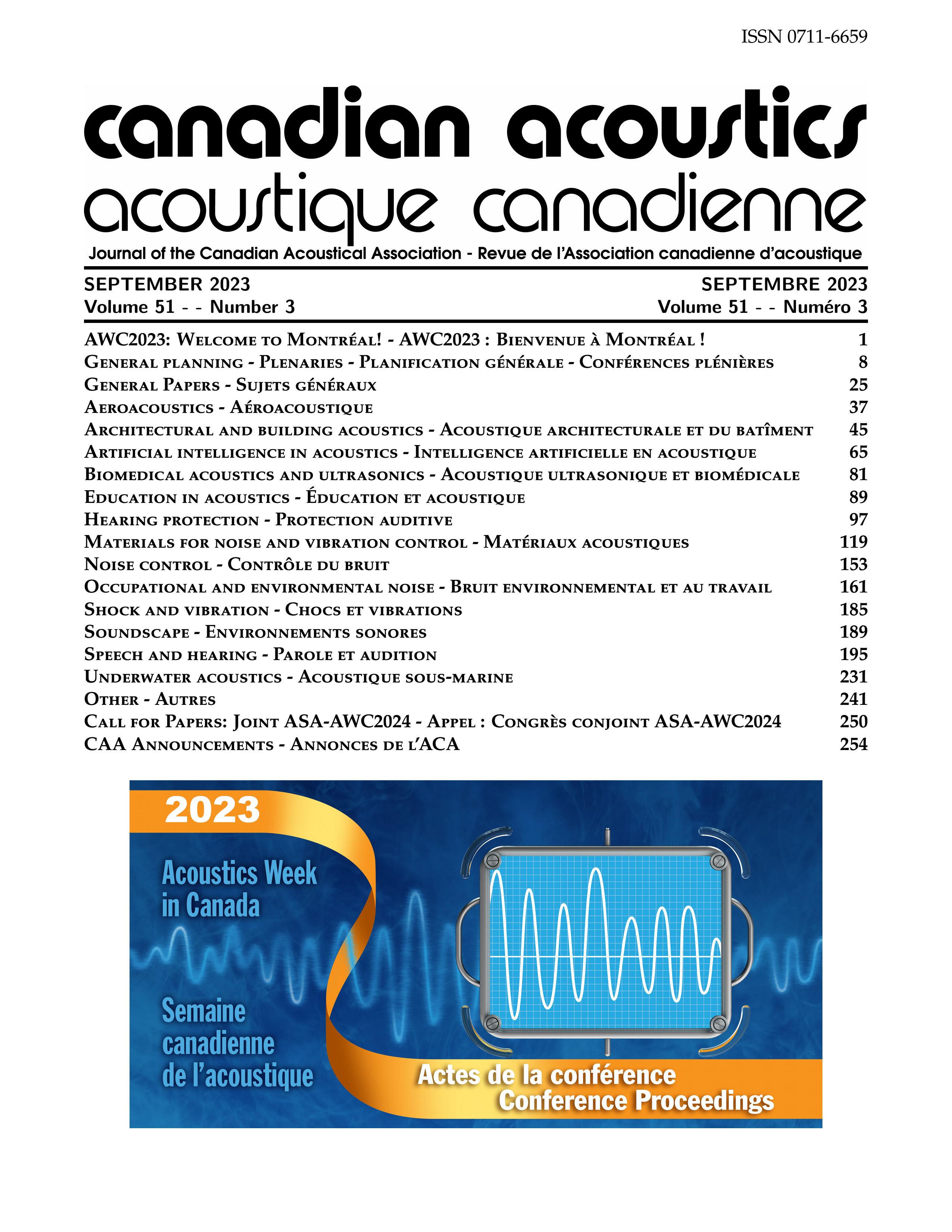Value Engineering ‘Acoustics’ Into Projects
Abstract
It can be said that ‘cost’ is the most significant constraint in the construction or remediation of buildings. More specifically, a project’s budget is regularly overrun by its expenses—negatively impacting its [the project] health, as well as its various stakeholders (e.g., building professionals, engineering specialties, trades, and subcontractors). This is often the case in remediation efforts, such as Noise Abatement Action Plans (NAAP), where seemingly simple acoustical solutions, such as barriers and silencers, require complex engineering (e.g., the reinforcement of the base structure (e.g., roof) to support added weight and increased wind-loading, atypical conditions requiring deeper excavation for barrier footings, introduction of powered ventilation to alleviate significant pressure drop). The ‘hidden’ costs associated with these critical multidisciplinary engineering challenges are not usually apparent during the initial estimating stage and can exceed the estimates for the acoustical scope. These financial risks increase proportionally with the complexity and size of projects, which may space many years and multitudinous sources. However, an initial feasibility study, by experienced professionals in complex multidisciplinary engineering, can define the necessary scope of work, to allow for more realistic budgeting to finance the project. This paper presents case studies demonstrating the benefits of conducting an initial design feasibility study to determine the required scope of work prior to the commencement of a project. In these examples, the implications of unknown or unforeseen costs are detailed, demonstrating the financial risks.Additional Files
Published
How to Cite
Issue
Section
License
Author Licensing Addendum
This Licensing Addendum ("Addendum") is entered into between the undersigned Author(s) and Canadian Acoustics journal published by the Canadian Acoustical Association (hereinafter referred to as the "Publisher"). The Author(s) and the Publisher agree as follows:
-
Retained Rights: The Author(s) retain(s) the following rights:
- The right to reproduce, distribute, and publicly display the Work on the Author's personal website or the website of the Author's institution.
- The right to use the Work in the Author's teaching activities and presentations.
- The right to include the Work in a compilation for the Author's personal use, not for sale.
-
Grant of License: The Author(s) grant(s) to the Publisher a worldwide exclusive license to publish, reproduce, distribute, and display the Work in Canadian Acoustics and any other formats and media deemed appropriate by the Publisher.
-
Attribution: The Publisher agrees to include proper attribution to the Author(s) in all publications and reproductions of the Work.
-
No Conflict: This Addendum is intended to be in harmony with, and not in conflict with, the terms and conditions of the original agreement entered into between the Author(s) and the Publisher.
-
Copyright Clause: Copyright on articles is held by the Author(s). The corresponding Author has the right to grant on behalf of all Authors and does grant on behalf of all Authors, a worldwide exclusive license to the Publisher and its licensees in perpetuity, in all forms, formats, and media (whether known now or created in the future), including but not limited to the rights to publish, reproduce, distribute, display, store, translate, create adaptations, reprints, include within collections, and create summaries, extracts, and/or abstracts of the Contribution.


